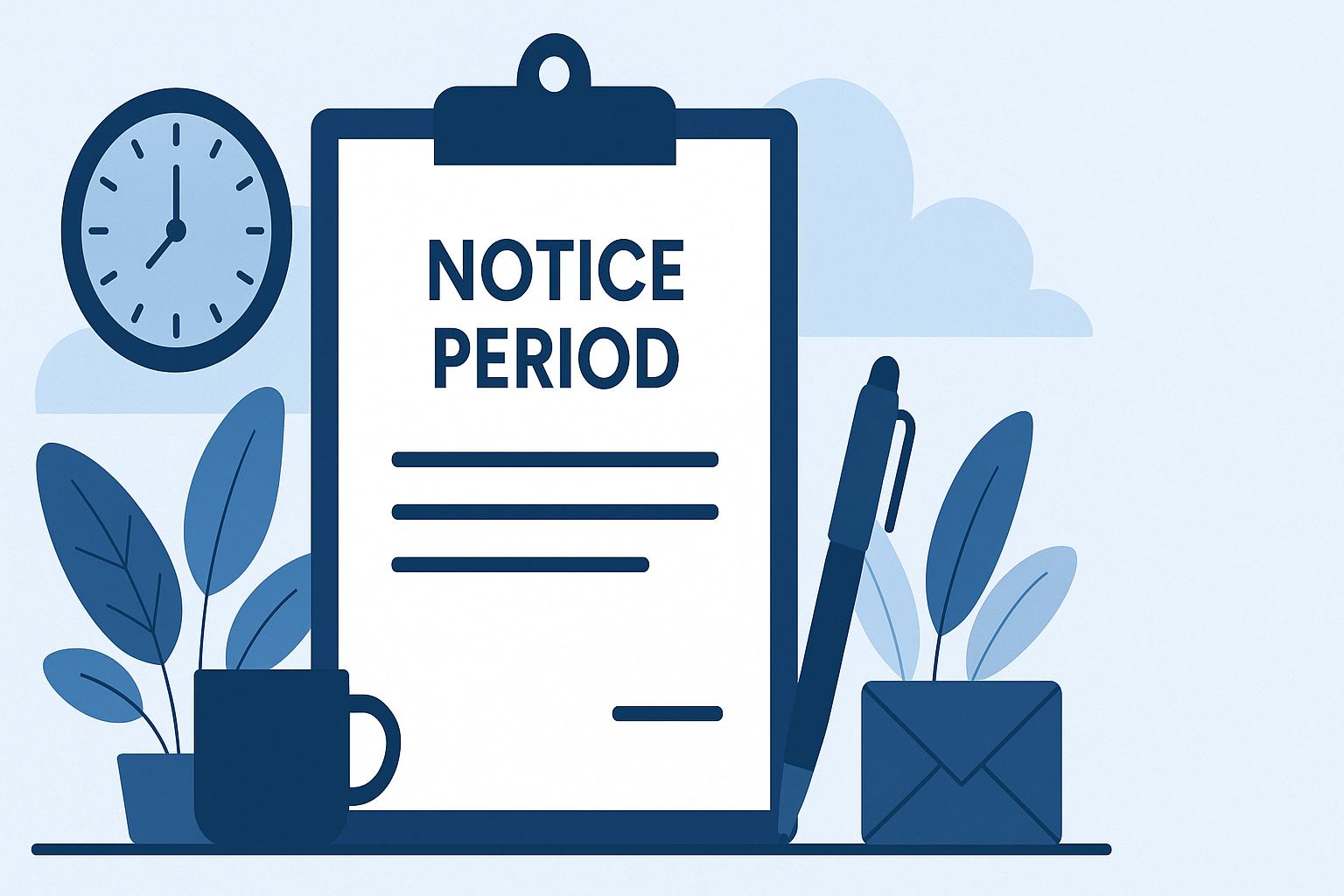Understanding typical company sick pay schemes is crucial for employers designing competitive benefits packages and employees evaluating potential workplace opportunities. These schemes represent a significant contractual commitment that can impact everything from employee morale to business costs, making it essential to understand how they work and what variations exist across different industries and organization sizes.
While statutory sick pay provides a safety net at £118.75 per week, forward-thinking employers recognize that supporting employees through illness requires more than the legal minimum. In fact, approximately 62% of UK employers offer some form of company sick pay scheme that goes beyond basic statutory requirements, demonstrating the widespread recognition that enhanced sick pay benefits are essential for attracting and retaining talent.
This comprehensive guide explores the landscape of company sick pay schemes, from basic structures to industry-specific arrangements, helping you navigate the complexities of occupational sick pay and make informed decisions about these important employment benefits.
What are Company Sick Pay Schemes?
A company sick pay scheme, also known as contractual sick pay or occupational sick pay, represents a formal arrangement where employers provide paid sick leave that exceeds the government’s legal minimum requirements. Unlike statutory sick pay, which employers are legally required to provide to eligible employees at the current rate of £118.75 per week, company sick pay schemes are contractual obligations that must be clearly documented in employment contracts or staff handbooks.
These enhanced sick pay arrangements act as a crucial differentiator in competitive job markets, with many employers using generous sick pay policies to attract skilled workers and demonstrate their commitment to employee wellbeing. The schemes typically offer higher rates of pay, longer periods of coverage, or improved conditions during sickness absence compared to the basic statutory provisions.
Company sick pay operates as a contractual right rather than a legal entitlement, meaning the specific terms can vary significantly between employers. However, once established, these schemes become binding obligations that employers must honor according to the agreed terms. This contractual nature requires careful consideration during policy development, as changes to established schemes can have significant legal and financial implications.
The integration of company sick pay with statutory sick pay is also important to understand. Most schemes don’t pay additional amounts on top of SSP, but rather set company payments at higher rates that include the statutory minimum, ensuring both legal compliance and enhanced employee support.
Common Types of Company Sick Pay Arrangements
Employers structure their sick pay schemes in various ways to balance employee support with cost management and administrative efficiency. Understanding these different approaches helps in designing appropriate policies or evaluating existing arrangements.
Full Pay for Fixed Periods
The simplest approach involves providing employees with their normal salary for a predetermined period while on sick leave. Typically ranging from 2-12 weeks per year, this arrangement offers straightforward administration and clear expectations for both employers and employees. After exhausting their company sick pay entitlement, employees revert to statutory sick pay if eligible, creating a clear transition point that helps control costs.
Tiered Payment Systems
One of the most prevalent structures, particularly in larger organizations and the public sector, involves tiered payments that gradually reduce over time. The classic model provides full pay for an initial period, followed by half pay for another period, then statutory sick pay. This approach balances generous initial support with cost control over extended absences, while encouraging return to work where possible.
Service-Based Entitlements
Many organizations link sick pay entitlement to length of service, creating progressive benefits that reward employee loyalty. New employees might receive only statutory sick pay during their first months, while those with 6-12 months of service might qualify for one week on full pay. Longer-serving employees could be entitled to four weeks full pay plus four weeks half pay, with entitlements continuing to improve with tenure.
This structure serves multiple purposes: it controls costs for new hires who haven’t yet demonstrated commitment, provides incentives for retention, and recognizes the investment employers make in long-term employees. However, it requires careful administration to track varying entitlements across the workforce.
Discretionary Sick Pay
Smaller businesses or specialized sectors often employ discretionary schemes where payments are determined case-by-case, typically at management discretion. While this approach offers maximum flexibility and can accommodate unique circumstances, it requires careful application to avoid discrimination issues and ensure fair treatment across the organization.
Industry-Specific Occupational Schemes
Certain sectors, particularly the public sector, education, and healthcare, offer standardized schemes as part of collective agreements. The NHS, for example, provides some of the most generous arrangements, often offering up to six months full pay and six months half pay for employees with sufficient service. These schemes reflect the specific needs and traditions of their industries, often prioritizing employee retention and recognizing the demanding nature of the work.
Typical Structure of Company Sick Pay Schemes
The most common company sick pay arrangement follows a 4+4 structure: four weeks full pay followed by four weeks half pay each year. This model has become the de facto standard for many medium to large organizations, offering a good balance between employee support and cost predictability. The entitlement typically operates on a rolling 12-month basis, meaning once employees exhaust their allocation, they must wait for the entitlement to renew before accessing enhanced sick pay again.
Most schemes include a probationary period, usually lasting 3-6 months, during which new employees are limited to statutory sick pay only. This approach helps control costs while employees establish themselves in their roles and reduces the risk of scheme abuse by short-term employees.
The progression of entitlements often follows predictable patterns based on years of service:
|
Years of Service |
Typical Entitlement |
|---|---|
|
0-6 months |
Statutory sick pay only |
|
6 months-2 years |
1-4 weeks full pay |
|
2-5 years |
4-8 weeks full pay + 4-8 weeks half pay |
|
5+ years |
Up to 26 weeks full pay + additional half pay |
Entry-Level Schemes (0-2 Years Service)
Entry-level arrangements typically provide minimal enhancement over statutory requirements, with one to four weeks of full pay annually being common. These basic provisions help control costs while providing some enhanced support to newer employees. The simplicity of these schemes also reduces administrative burden, as employees transition directly to statutory sick pay once their company entitlement is exhausted.
Enhanced Schemes (2+ Years Service)
Employees with longer service often qualify for significantly more generous arrangements. These might include 6-26 weeks of full pay depending on specific service requirements, followed by extended half-pay periods. Some public sector and heavily unionized environments offer up to 12 months total sick pay (six months at full pay, six at half pay) for long-serving staff, reflecting both the value placed on experienced employees and the collective bargaining power in these sectors.
The progression to enhanced schemes serves multiple organizational purposes: it rewards loyalty, provides strong retention incentives, and recognizes the greater investment the organization has made in training and developing longer-serving employees.
Key Features of Typical Schemes
Effective sick pay schemes require robust administrative processes to ensure fair application and prevent abuse. Most organizations establish clear procedures that employees must follow to access their entitlements.
Notification and Documentation Requirements
Employees typically must report sickness absence as soon as possible, often by a specific time on the first day of illness and to designated personnel such as their line manager or HR department. For absences up to seven consecutive days, employees can self certify the reason for their illness, providing flexibility while maintaining basic oversight.
After seven calendar days, employees must provide a fit note from a medical professional, ensuring appropriate medical oversight for extended absences. This requirement aligns with statutory sick pay regulations while providing additional verification for company scheme payments.
Return-to-Work Processes
Many employers conduct return-to-work interviews to ensure employees are fully fit, discuss any required support, and address attendance concerns constructively. For prolonged or frequent absences, referrals to occupational health advisors are common, providing independent medical assessment and recommendations for workplace adjustments or support.
Payment Calculations and Timing
Sick pay calculations typically base payments on average weekly earnings, including regular overtime or allowances but excluding discretionary bonuses. This approach ensures fair compensation while providing predictable cost calculations for employers. Payments usually align with normal payroll cycles, with clear deductions applied during half-pay periods as specified in company policies.
The integration with statutory sick pay requires careful calculation to ensure employees receive the correct amounts while employers meet their legal obligations. Most schemes set company payments to include rather than supplement SSP, simplifying administration while ensuring compliance.
Eligibility Criteria and Limitations
Company sick pay schemes often impose stricter eligibility requirements than statutory sick pay, helping employers manage costs and prevent abuse while maintaining fair access for genuine cases.
Service Requirements and Conduct Standards
Minimum service requirements, typically 3-6 months, are common before employees can access full scheme benefits. During this probationary period, employees may be limited to statutory sick pay only, allowing employers to assess commitment while controlling exposure to enhanced payments for short-term employees.
Conduct requirements often exclude absences related to misconduct, unauthorized leave, or failure to follow proper reporting procedures from company sick pay eligibility. While these exclusions help maintain scheme integrity, employers must apply them consistently and fairly to avoid discrimination issues.
Managing Frequent Absences
Many policies include triggers for review, such as more than three absences in six months, which may result in medical investigation or formal attendance procedures. These provisions help identify underlying health issues that might benefit from workplace adjustments while addressing potential abuse of sick leave provisions.
The integration with disciplinary procedures requires careful handling to ensure that genuine illness isn’t penalized while maintaining appropriate oversight of attendance patterns. Employers must particularly consider their obligations under the Equality Act when dealing with disability-related absences or other protected characteristics.
Industry Variations and Benchmarks
Sick pay provision varies significantly across different sectors, reflecting varying financial capabilities, workforce expectations, and competitive pressures.
Public Sector Leadership
The public sector typically offers the most generous sick pay arrangements, with the NHS and government services often providing up to six months full pay plus six months half pay after sufficient service. These schemes reflect the sector’s emphasis on employee retention and the recognition of demanding working conditions, particularly in healthcare and education settings.
Local government and civil service arrangements often match NHS provisions, creating sector-wide standards that influence recruitment and retention across public sector roles. Trade union representation in these sectors has historically supported the development and maintenance of generous sick pay schemes.
Financial Services and Large Corporations
Banking and insurance companies typically provide three to six months full pay arrangements, reflecting their financial capacity and competitive need to attract skilled professionals. These organizations often have the resources to support comprehensive sick pay schemes while benefiting from the employee retention and morale benefits they provide.
Technology companies increasingly offer enhanced support for mental health conditions, sometimes providing additional paid leave or flexible arrangements tailored to emerging employee wellbeing needs. This sector’s competition for skilled workers drives innovation in benefit provision, including sick pay arrangements.
Small and Medium Enterprises
SMEs commonly offer more modest arrangements, typically capping sick pay at two to four weeks full pay annually. Cost pressures and lower headcount make extensive schemes less viable, though many smaller employers recognize the importance of some enhancement over statutory minimums to remain competitive in local job markets.
Despite financial constraints, many smaller employers find creative ways to support ill employees, such as flexible working arrangements or discretionary additional payments for valued long-term staff members.
Retail and Hospitality Challenges
These sectors face particular challenges in providing enhanced sick pay due to typically lower margins and higher staff turnover. Many employers in these industries limit support to statutory sick pay or minimal top-ups, though some larger chains have begun recognizing the business benefits of more generous provision.
The pressure to maintain operations with limited staff can create tensions around sick leave, making clear policies and fair application particularly important in these sectors.
Administration and Policy Requirements
Successful implementation of company sick pay schemes requires careful attention to documentation, training, and ongoing management to ensure legal compliance and fair application.
Documentation and Communication
Sick pay schemes must be clearly documented in employment contracts, staff handbooks, or formal policy documents, with unambiguous entitlement levels, processes, and eligibility requirements. Regular communication ensures employees understand their rights and obligations, reducing confusion and potential disputes. For more information about stress-related sickness absence and how employers should handle communication with employees off sick with stress, see this guide.
Policy documents should specify calculation methods, notification requirements, evidence needed for different absence periods, and the consequences of non-compliance with procedures. Clear documentation also protects employers by establishing the contractual framework governing sick pay provision.
Management Training and System Integration
Line managers require training to correctly apply sick pay policies and handle absence management sensitively and legally. This training should cover recognition of potential discrimination issues, appropriate questioning during return-to-work interviews, and when to seek HR or occupational health advice.
Integration with HR information systems and payroll processes has become increasingly important for accurate entitlement tracking and compliance monitoring. Many organizations now use automated systems to track rolling entitlements, flag potential issues, and ensure consistent application across the workforce.
Regular Review and Updates
Sick pay policies require regular review to ensure continued legal compliance, cost effectiveness, and alignment with business strategy. Changes in employment law, workforce demographics, or business circumstances may necessitate policy updates, requiring careful change management to maintain employee relations.
Benchmarking against industry standards and competitor practices helps ensure policies remain competitive while controlling costs appropriately for the organization’s circumstances and sector.
Benefits and Considerations for Employers
Enhanced company sick pay schemes offer significant advantages for employers willing to invest in employee wellbeing, though they also require careful cost management and policy design.
Strategic Benefits
Improved employee retention and morale represent primary benefits of generous sick pay provision. Employees value the security of knowing they’ll receive adequate support during illness, contributing to job satisfaction and loyalty. This support can significantly reduce recruitment and training costs by retaining experienced staff who might otherwise seek employment with more supportive employers.
Research suggests that proper health support, combined with effective absence management, can actually reduce overall absence rates by encouraging appropriate use of sick leave rather than presenteeism or casual absence. Clear policies and supportive management create cultures where employees feel comfortable taking necessary time off while discouraging abuse of provisions.
Competitive Advantage
In tight labor markets, enhanced sick pay schemes provide clear differentiation, particularly for specialist or high-skilled roles where competition for talent is intense. Candidates increasingly evaluate total reward packages beyond basic salary, making comprehensive sick pay an important recruitment tool.
The reputational benefits of supporting employee health and wellbeing can also enhance employer branding, supporting broader recruitment and retention strategies while demonstrating corporate responsibility values.
Cost Management and Risk Considerations
While sick pay represents a real cost requiring budget planning, clear policies allow for predictable financial management and prevent unauthorized or excessive payments. Extended or generous schemes are more viable for larger or more profitable businesses, requiring careful calibration to organizational circumstances.
Potential for abuse exists without strong management and monitoring systems, making robust administrative processes essential. However, the risk of abuse should be balanced against the benefits of supporting genuine illness and maintaining positive employee relations.
Legal Compliance Responsibilities
Employers must ensure sick pay policies don’t inadvertently discriminate against employees with disabilities or other protected characteristics. The interaction between sick pay schemes and disability discrimination law requires particular attention, as does the treatment of pregnancy-related absence and other protected circumstances.
Regular legal review of policies and procedures helps maintain compliance while supporting business objectives and employee wellbeing effectively.
Conclusion
Typical company sick pay schemes represent a crucial component of modern employment packages, with the majority of UK employers recognizing the business case for supporting employees beyond statutory minimums. The most common arrangements, such as the prevalent 4+4 week structure, demonstrate how organizations balance employee support with cost management while creating clear, administrable policies.
Understanding the variations across different industries and organization sizes highlights the importance of tailoring sick pay schemes to specific circumstances and competitive environments. Whether implementing basic enhancements for smaller businesses or comprehensive packages matching public sector standards, the key lies in clear documentation, fair application, and regular review to ensure continued effectiveness.
For employers, investing in well-designed company sick pay schemes offers tangible benefits through improved retention, enhanced recruitment capability, and demonstration of commitment to employee wellbeing. For employees, understanding these schemes helps in evaluating employment opportunities and knowing their rights during periods of ill health.
As workplace expectations continue to evolve, particularly around mental health support and flexible working arrangements, company sick pay schemes will likely become even more important in attracting and retaining talent while supporting organizational resilience through effective absence management.




